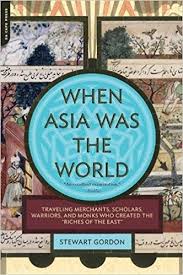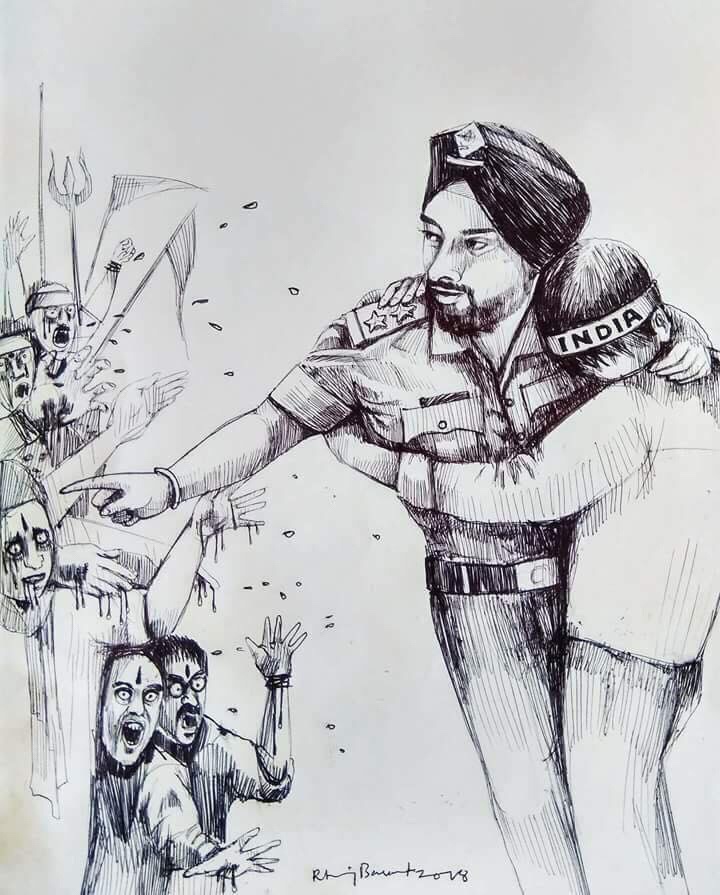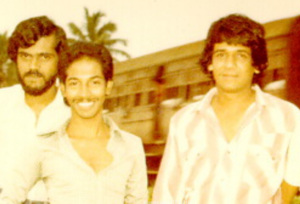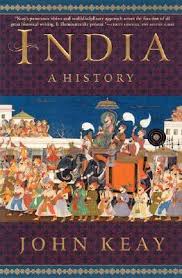| Country | Users | Rank | % | Rank |
|---|---|---|---|---|
| 746,662,194 | 1 | 53.20% | 109 | |
| 391,292,631 | 2 | 29.55% | 143 | |
| 245,436,423 | 3 | 76.18% | 54 | |
| 123,927,230 | 4 | 59.68% | 90 | |
| 117,528,631 | 5 | 92.00% | 15 | |
| 110,003,284 | 6 | 76.41% | 53 |
 The “Brown Pundits” blog was formed on a lark about 7 years ago. The Sepia Munity weblog was clearly winding down, and people like Zach and I didn’t feel too well represented. What I mean is that weblog in its latter years reflected a certain activist Left-wing South Asian American perspective which naturally didn’t include all Diaspora South Asians. In some ways this was a shift away from its original years, when it was more politically eclectic, with some center-Right and libertarian voices, to go along with conventional center-Left viewpoints.
The “Brown Pundits” blog was formed on a lark about 7 years ago. The Sepia Munity weblog was clearly winding down, and people like Zach and I didn’t feel too well represented. What I mean is that weblog in its latter years reflected a certain activist Left-wing South Asian American perspective which naturally didn’t include all Diaspora South Asians. In some ways this was a shift away from its original years, when it was more politically eclectic, with some center-Right and libertarian voices, to go along with conventional center-Left viewpoints.
Two of the co-founders I knew personally before the blog was founded, and we had a small e-list where we discussed cultural and social issues. To a great extent, I think the Sepia Mutiny blog reflected a decade in transition for South Asian brown Americans. Most of the contributors were of an age where they would be routinely asked where “they were really from,” and all of us understood that we were seen to be a novel and exotic contribution to the American landscape.
Things have changed a lot since then. Most particularly in 2008, Barack Hussein Obama was elected president of the United States. Where black Americans rejoined in the election of a black man, I suspect many Americans of Asian background noted his exotic background and name. If a man with such a foreign name could become head of state of the United States could we be such aliens after all?
I do understand that some people feel that the election of Donald J. Trump has rendered us aliens in our own land again. Overall, I disagree. In a Spenglerian sense, I see the election of Trump as a crying in the wilderness of an old America which is feeling less at the center of our culture, as well as the more general atavisms triggered by globalization.
South Asian Americans, which mostly means Indian Americans, have a place and a role in American culture that can’t be denied. Most Indian Americans have followed a “Jewish model”, aligning with the political and social Left, especially a small activist class.
A framework to understand the trajectory of young 2nd and later generation South Asian Americans that I outlined over 10 years ago I think is a useful model. Roughly, there are three broad classes of South Asian Americans (with overlap):
- Assimilators. Unlike some groups, South Asian Americans are physically distinct enough that assimilation doesn’t involve “passing” into another identity. Rather, assimilation involves intermarriage and socialization with a broad set of Americans and a very loose attachment to distinctively South Asian cultural markers ad community institutions. Most of the children of assimilators will be mixed, and so will not have a singular South Asian identity in an authentic way.
- South Asian Americans. This group is perhaps equivalent to Indian identities in the West Indies, which have become distinct from Old World self-conceptions while retaining a sense of South Asianness. In some ways, I think this was a core group for the Sepia Mutiny blog. These are the sort of people who might marry other Indian Americans, but these marriages are often cross-regional, cross-caste, and even cross-religion. To give a concrete example, I know that two of the original Sepia Mutiny bloggers married and had children with someone whose family was from a different ethnoreligious tradition from their own. The sort of marriage which would raise eyebrows in South Asia, but wouldn’t be viewed that strange in the American context.
- Finally, traditionalists. There are American-born and raised Patels who marry other Patels. There are Dawoodi Bohra Muslims who marry other Dawoodi Bohra Muslims. This group would be most recognizable to people from South Asia.
But to me, that’s the past. I think it’s done. I don’t see Brown Pundits contributing to that discussion or cultural space, for various reasons (the primary one being most that none of the contributors are of the second class). Rather, I’ve started to get interested in Brown Pundits in large part because it seems that Asia, including South Asia, is getting to be a bigger and bigger part of the discussion. There are now more Indians browsing the internet than Americans!
Yes, it’s mostly on mobile phones, but most Americans were on dial-up until the mid-2000s.


